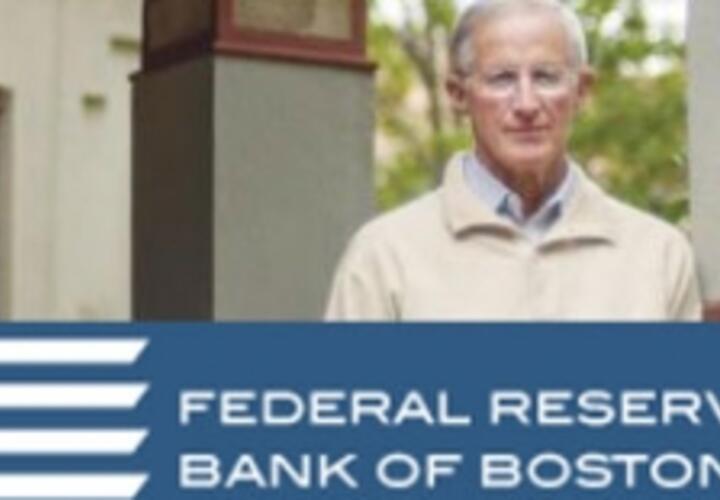Nordhaus named chairman of Federal Reserve Bank of Boston

The Federal Reserve today announced on Friday the names of the men and women who will chair the boards of its 12 regional Fed banks in 2014.
In a number of cases, there was little change from what was seen in 2013. At the New York Fed, Emily Rafferty, president of the Metropolitan Museum of Art, was renamed chair, with Sara Horowitz, the executive director of the Freelancers Union, promoted to deputy. At the Boston Fed, Yale University economics professor William Nordhaus was elevated to the chairmanship.
A complete list of the 2014 chairs, and their deputies, can be found at: http://www.federalreserve.gov/newsevents/press/other/20131213a.htm
The composition of the nine-member regional Fed boards of director has been a sticky matter for the central bank for some time. Critics have long lamented what they see as on overrepresentation of financial market participants on the boards. They see a conflict of interest that financial market participants regulated by the Fed are then in an oversight position over regional central bank operations.
Another key point of influence for the boards: They oversee the search for new regional Fed presidents, subject to the approval of the Fed in Washington. Some have said that’s another way a central banker can be overly beholden to market participants who sit on the board.
The New York Fed has had the roughest ride on this front, which is unsurprising given that it is the central bank’s chief point of interaction with financial markets, and is thus most exposed to the potential conflicts of interest that inflame critics.
The last major challenge faced by the New York Fed came in 2012, when J.P. Morgan Chase leader Jamie Dimon stepped down from a director slot reserved for large banks. Mr. Dimon served on the bank’s board while his firm suffered a massive and embarrassing trading loss.
He wasn’t the first banker on the New York Fed board to get into a tricky spot: Stephen Friedman, a Goldman Sachs director and shareholder, resigned in 2009 as New York Fed board chairman amid questions about his financial holdings. Lehman Brothers leader Richard Fuld was a director in 2008 when his bank imploded, quickening the financial crisis to a fever pitch.
Central bankers counter that the fears over who serves on their boards is much ado about nothing. For one thing, the directors aren’t involved in the central bank’s monetary policy deliberations, and according to central bankers, these directors gain no special insight into this central Fed mission. Directors are also walled off from the Fed’s regulatory activities, which are largely run by the Fed board in Washington with staff working out of the regional Fed offices.
Fed officials have praised their boards as key sources of local business and financial intelligence. They say the mix of financial, business and community experience brought by board members also helps the regional Fed banks managed their own operations.
Fed officials also contend that if there is truly broad-based discomfort with the composition of the boards, critics can ask Congress to change the law that apportions membership. As it now stands, the mix of bankers, business and community representation is set by law and the Fed itself can’t change things unilaterally.
In the wake of Mr. Friedman’s tumultuous tenure on the New York Fed board, the leadership of the board has taken on a different flavor. For example, Labor leader Denis Hughes served as board chair over part of 2009, and local academic leaders have also played prominent roles.